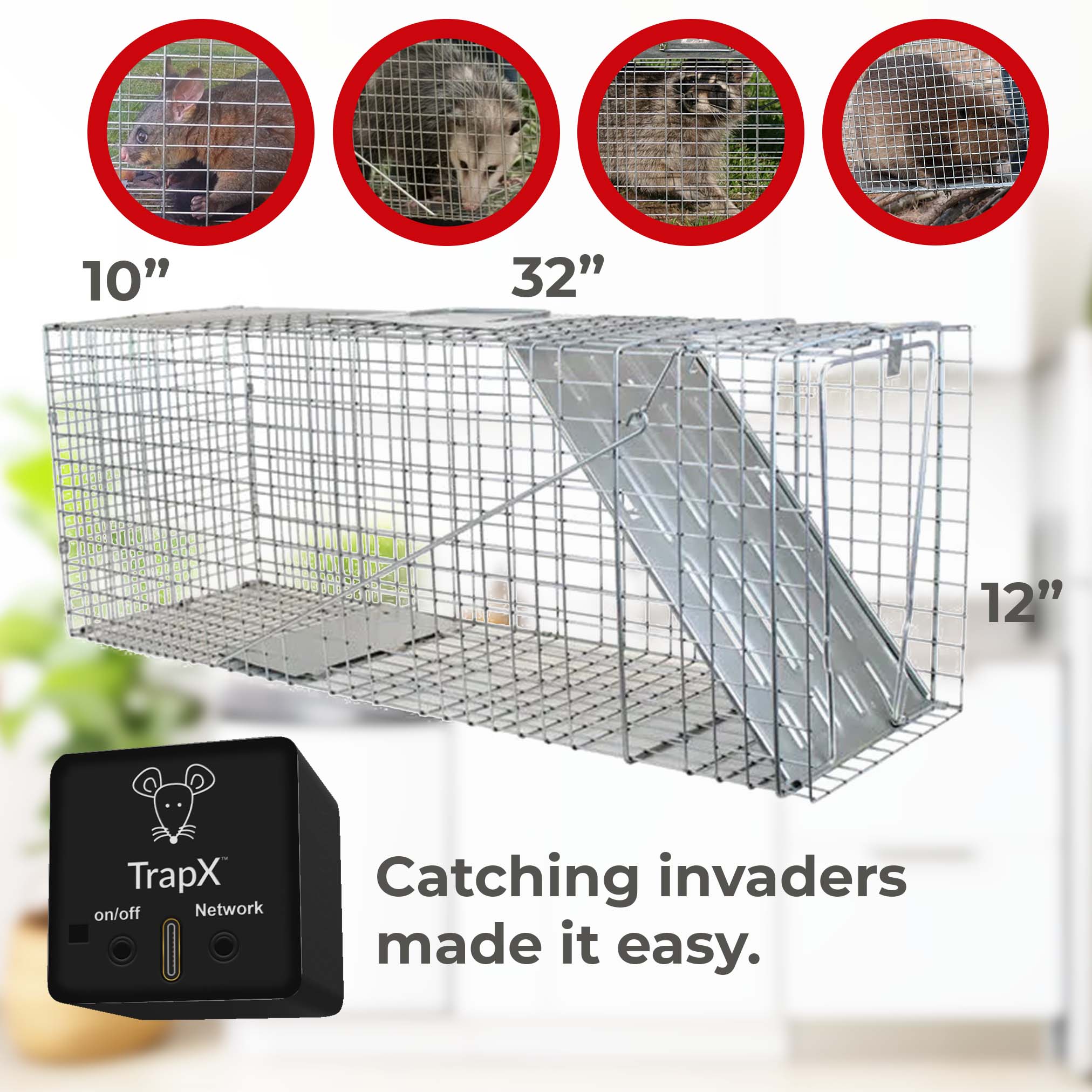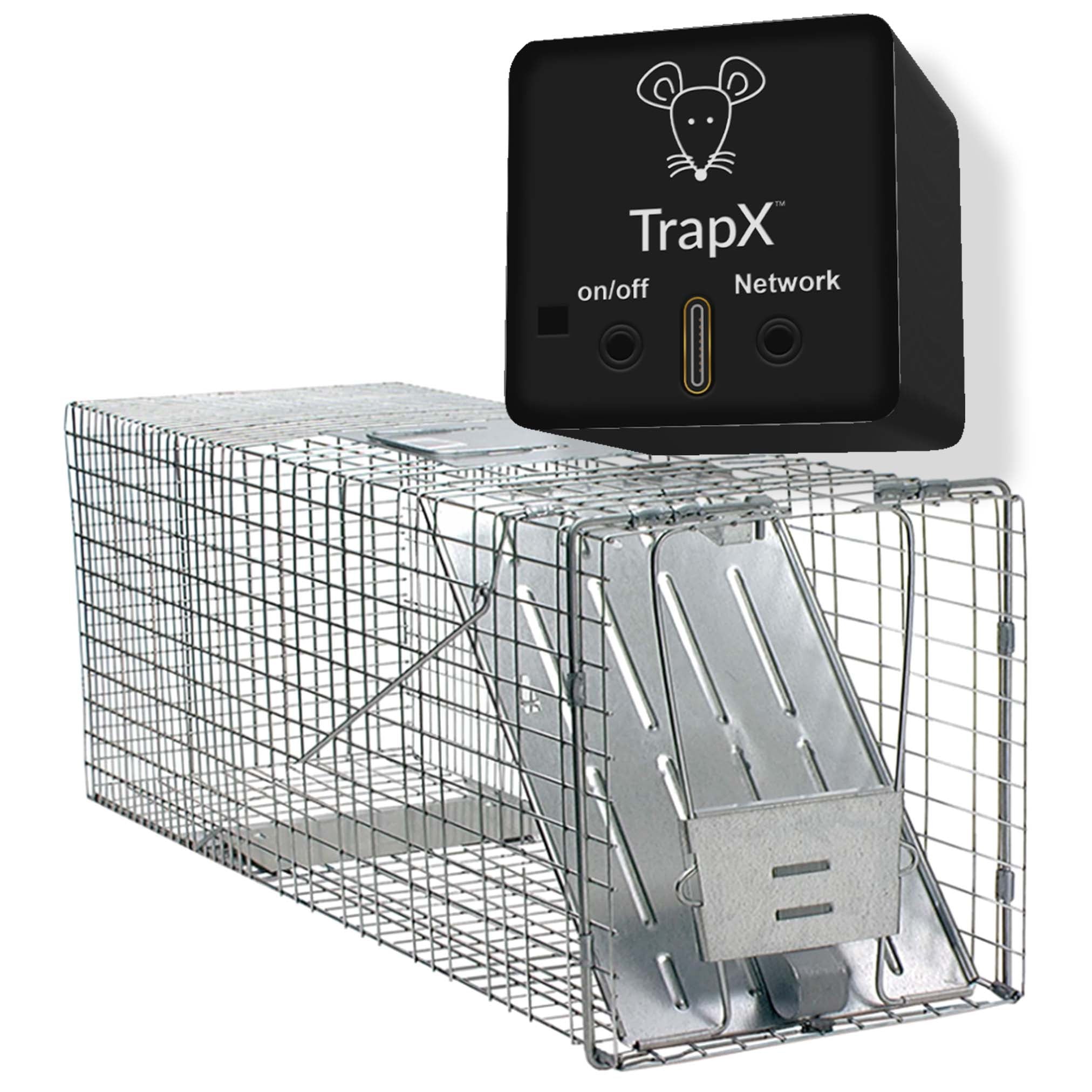Expert Tips: Where to Place Mouse Traps for Maximum Efficacy
Share
Mice infestations can be a significant problem, especially in homes and businesses. To tackle this issue effectively, it is crucial to understand where to place mouse traps for maximum success. Strategic placement can dramatically increase your chances of catching these pesky rodents.

Why Placement Matters
Mice are creatures of habit. They often use the same pathways and follow specific patterns. Recognizing this behavior will provide you with the insight needed to place your traps effectively.
High Traffic Areas
Mice tend to prefer dark, secluded areas where they feel safe. Common high-traffic areas include behind large appliances like refrigerators and ovens, along baseboards, and near food sources. Place traps perpendicular to walls, with the bait end facing the wall; this optimizes their chances of running into your trap.
Signs of Activity
Another crucial step is to identify signs of mouse activity. Look for droppings, gnaw marks, or greasy stains along walls. These signs will give you a clear indication of where the mice are most active, aiding in effective trap placement.

Different Types of Mouse Traps
Understanding the various types of traps available is essential for figuring out where to place mouse traps. There are primarily four types of traps: snap traps, glue traps, electronic traps, and live-catch traps.
Snap Traps
These are the most commonly used traps and are highly effective. Best placed in high-traffic areas, snap traps can be baited with peanut butter, chocolate, or other high-scent foods. Given their design, these traps should be placed perpendicular to walls, ensuring that the bait end points toward the wall for optimum results.
Glue Traps
Glue traps work by capturing the mouse on a sticky surface. These should be used with caution in busy areas where children or pets might inadvertently get stuck. Ideal locations for glue traps are hidden corners and behind furniture where pets and kids can't reach.
Electronic Traps
Electronic traps deliver a high-voltage shock to mice. These are excellent for areas where you have seen a high level of activity but want to ensure a clean, swift kill. Place these near entry points and feeding areas.
Live-Catch Traps
These traps allow for the humane capture and release of mice. Ideal for those who prefer not to kill mice, live-catch traps should be placed in high-traffic areas, such as behind appliances and along baseboards.

Additional Tips for Effective Trap Placement
- Regular Checks: Inspect your traps daily. This helps to ensure that you catch every mouse in the house and can rebait traps as needed.
- Use Multiple Traps: In cases of high infestations, more traps mean a higher chance of success. Don't just set one trap; create a trapping system.
- Experiment with Placement: If a particular spot isn't yielding results, don't hesitate to move the trap to another area following the signs of mouse activity.

Wrapping Up
Understanding where to place mouse traps can make all the difference in dealing with a rodent infestation effectively. By recognizing high-traffic areas, understanding the signs of mouse activity, and using the right type of traps, you can significantly improve your success rate. Learn more about effective mouse control strategies from trusted sources.
For more information, check out our ultimate guide to bucket mouse traps.
As an Amazon Associate, I earn from qualifying purchases.
